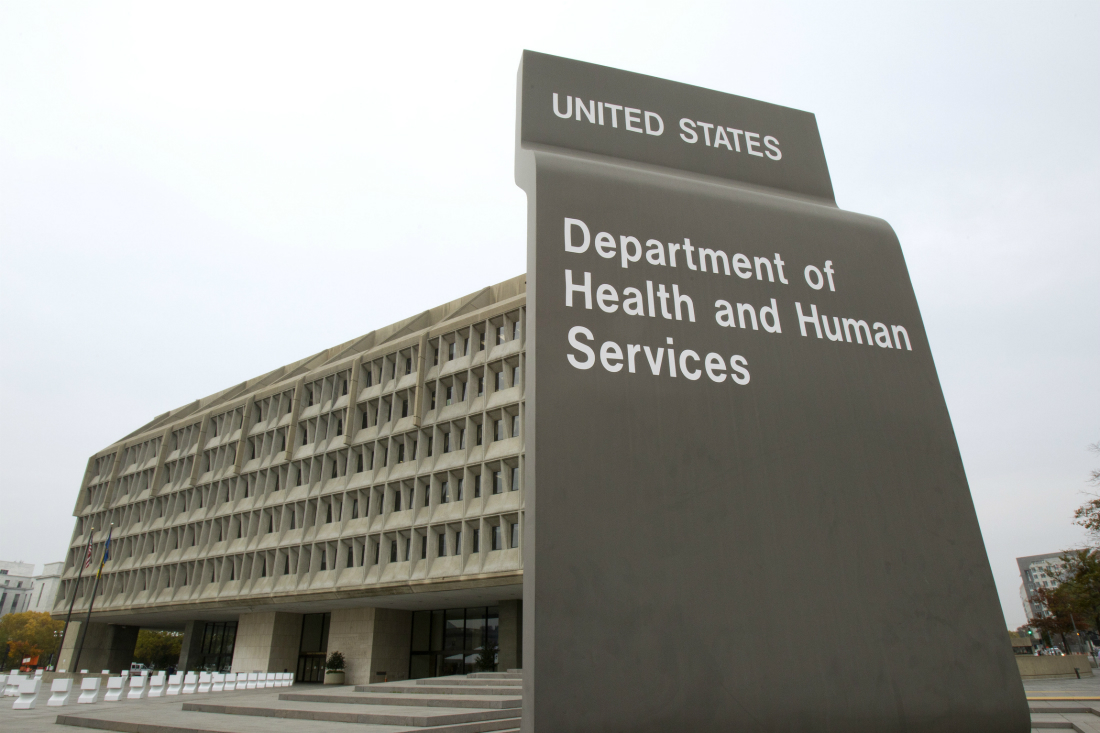CDC’s vaccine claims under fire: Flawed models and exaggerated benefits raise questions about childhood mortality data
By isabelle // 2025-02-10
Tweet
Share
Copy

- The CDC claims vaccines prevented 1.1 million child deaths from 1994–2023, but the data relies on flawed models and exaggerated assumptions.
- The CDC’s $2.7 trillion societal cost savings estimate ignores advancements in sanitation, nutrition, and medical care that reduced mortality.
- Critics highlight that pre-vaccine mortality rates for diseases like measles had already dropped significantly due to non-vaccine factors.
- The CDC’s analysis excludes vaccine-related injuries and long-term health risks, raising concerns about transparency and accuracy.
- Experts call for a balanced approach that acknowledges both vaccine benefits and risks while considering other public health contributions.
Flawed models and unrealistic assumptions
The CDC’s methodology involves projecting how many deaths would have occurred in the absence of vaccines by using pre-vaccine era data. However, this approach fails to consider that mortality rates for many diseases had already plummeted by the time vaccines were introduced. For example, measles deaths had declined by over 90% before the vaccine was widely adopted, thanks to improved hygiene, antibiotics, and better medical care. Critics also point out that the CDC’s models exclude other public health interventions, such as clean water initiatives and improved nutrition, which have played a significant role in reducing childhood mortality. By attributing all mortality reductions to vaccines, the CDC’s estimates appear inflated and disconnected from real-world data.Ignoring vaccine risks and adverse effects
While the CDC emphasizes the benefits of vaccines, it downplays the potential risks. The agency’s report does not account for vaccine-related injuries or the long-term health consequences that some children may experience. According to Brian Hooker, Ph.D., chief scientific officer at Children’s Health Defense, the CDC’s analysis is “objectively ridiculous” for failing to include these factors. For example, the CDC’s report claims that the diphtheria vaccine prevented 752,800 deaths — more than half of the total deaths attributed to vaccines. However, critics argue that this figure is based on outdated mortality rates from the 1920s, before antibiotics were available to treat the disease. The CDC’s reliance on modeling rather than direct mortality tracking has raised concerns about the accuracy of its claims. Without real-world data to validate its projections, the agency’s estimates remain speculative. Critics argue that a more balanced approach is needed — one that acknowledges both the benefits and risks of vaccines while accounting for other factors that contribute to public health. Vaccines have undoubtedly played a role in reducing the burden of infectious diseases, but the CDC’s claims of 1.1 million lives saved are based on shaky foundations. By relying on flawed models and ignoring other critical factors, the agency risks undermining public trust in its recommendations. As debates over vaccine safety and efficacy continue, it is essential for health authorities to provide a more nuanced and transparent assessment of the risks and benefits. Only then can parents make truly informed choices about their children’s health—choices that are based on evidence, not exaggerated claims. Sources for this article include: PopularRationalism.Substack.com ChildrensHealthDefense.org ChildrensHealthDefense.orgTweet
Share
Copy
Tagged Under:
vaccines propaganda Big Pharma CDC children's health big government lies junk science science fraud fake science skeptics Dangerous Medicine rational disinfo badscience badhealth badmedicine vaccine wars pharmaceutical fraud science deception childhood mortality
You Might Also Like
DOGE freezes all funding to the National Endowment for Democracy (NED)
By Laura Harris // Share
“The Russia Hoax”: A tale of power, manipulation and political intrigue
By Belle Carter // Share
Argentine president Javier Milei faces impeachment over $107 million crypto scandal
By Cassie B. // Share
USAID accused of funding Boko Haram’s REIGN OF TERROR against Nigerian Christians
By Lance D Johnson // Share
Recent News
Earth-like soil patterns on Mars reveal clues to the planet’s climate history
By willowt // Share
Virologist who endorsed HCQ for COVID-19 appointed to top pandemic post at HHS
By ramontomeydw // Share










